Beginner's guide to seafood
Rock lobsters, ocean trout, mussels, prawns, oysters ...we've got your summer seafood covered.
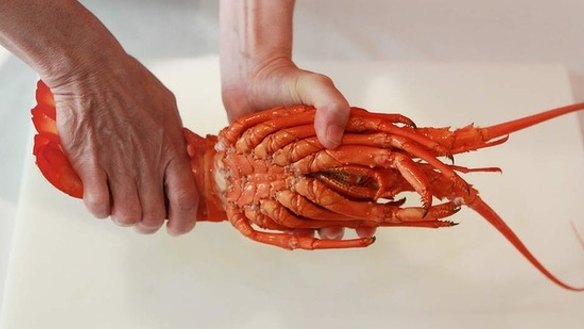
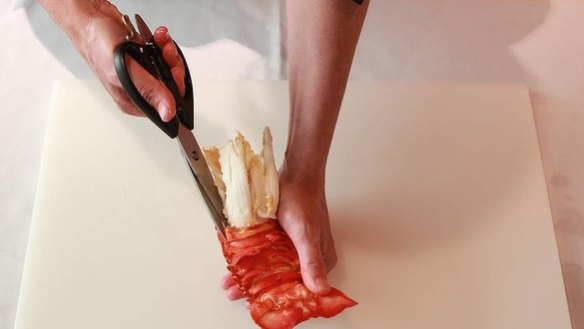
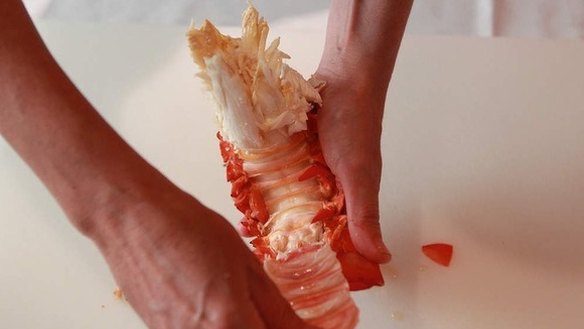
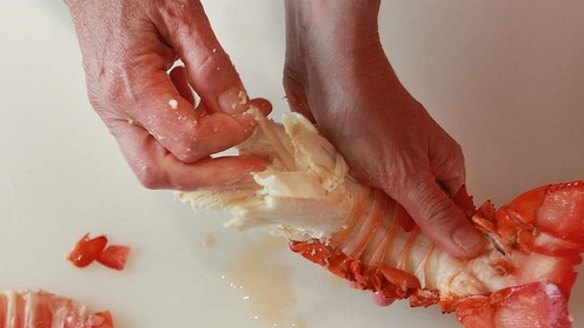
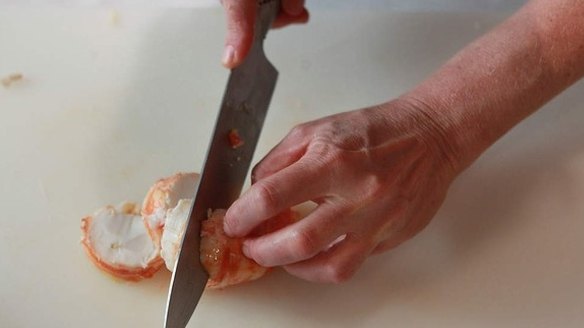
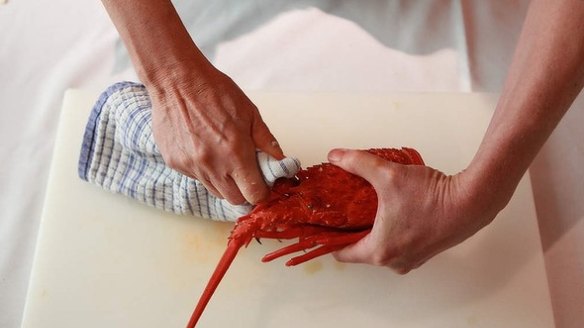
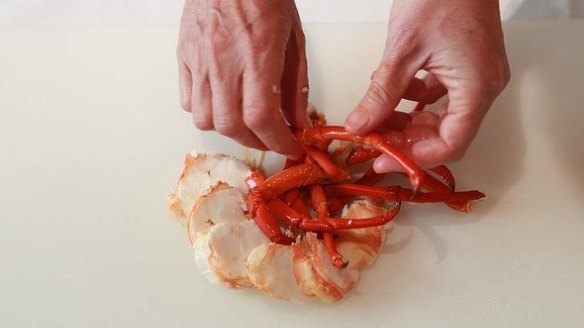
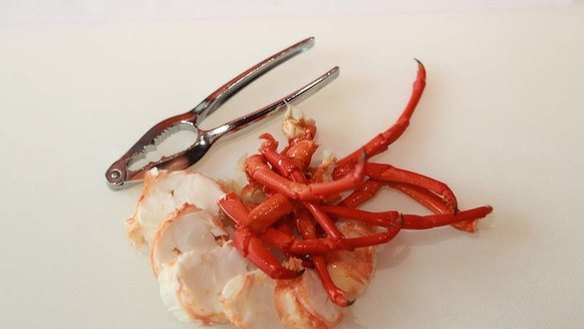
Rock lobsters
''Come Christmas, every man and his dog wants a bloody cray,'' says James Madden, of Flinders Island Meat. ''So the price shoots up and you end up paying $90-plus a kilogram.''
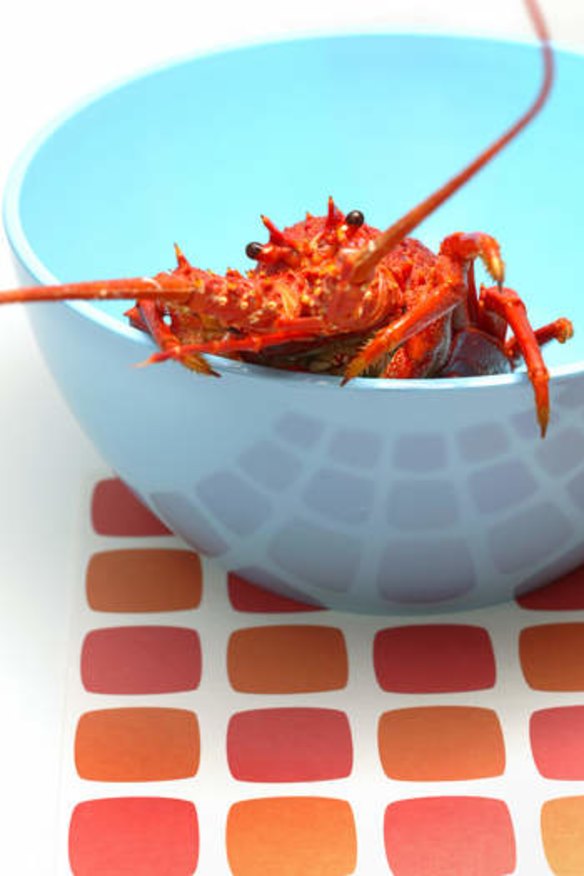
He buys southern rock lobsters, known as crayfish in southern states, from local fisherman Patch Wheatley, who reckons they are at their best at this time of the year after fattening up on sea urchins and oily fish in Bass Strait.
Four rock lobsters are native to Australia: most seafood lovers consider southern rock lobsters, trapped in the cold waters off Tasmania and Victoria, to be the best. The smaller specimens found in supermarkets tend to be western rock lobsters from Western Australia. Eastern rock lobsters are sometimes found in markets and fishmongers in NSW.
But wherever they're from, most rock lobsters are sold boiled and chilled, with some in the food industry believing that this leaves them overcooked, because processors tend to err on the side of caution.
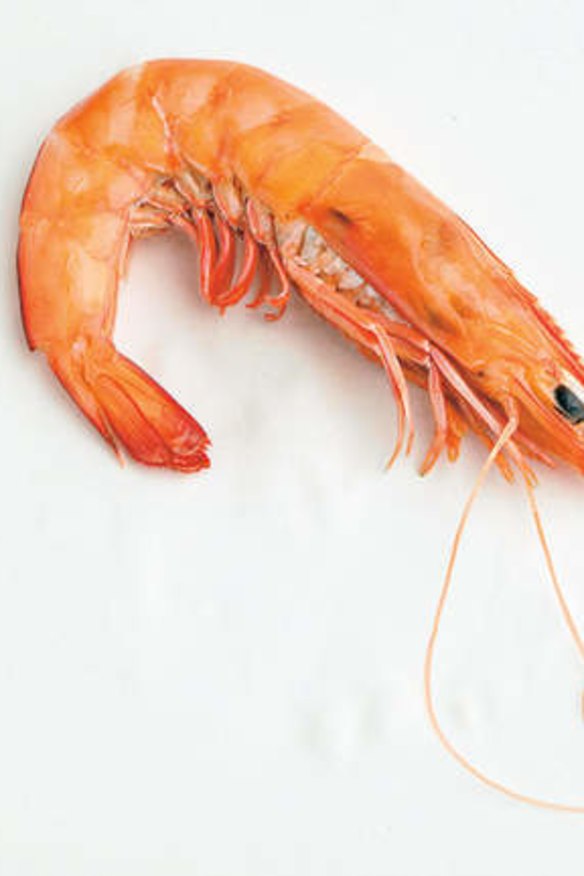
How to peel a lobster
1. Twist the tail off and away from the head.
2. Take kitchen scissors or a knife and cut along the softer underside of the tail where it meets the shell.
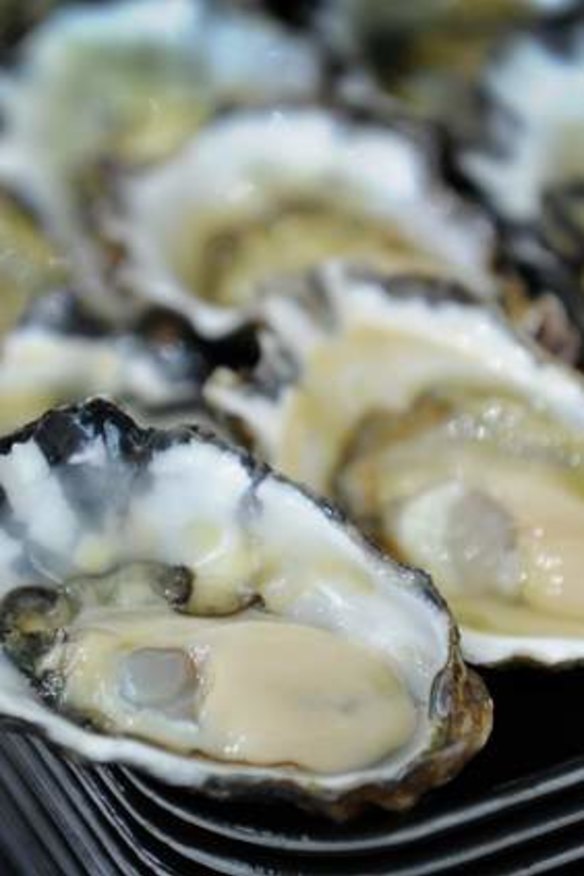
3. Pull the underside away to reveal the tail meat. Remove this.
4. If necessary, remove the dark alimentary canal by cutting just above it and pulling it away. Cut the tail meat into portions.
5.Twist off the legs and serve with shell pliers to break open the shell. Slice into portions and serve with melted butter and salt and pepper or perhaps a richer sauce such as hollandaise or aioli.
How to kill a lobster
If you buy a live rock lobster, place it in the freezer for 30 minutes until the cold renders it insensible. Bring a large pot of salted water to the boil and cook the lobster for nine to 10 minutes for a 600- to 800-gram lobster, 11 to 12 minutes for one weighing 800 grams to one kilogram and a further minute for every 100 grams over that. Remove and drain. When cool, prepare as above.
Alternatively, drive a large sharp knife through the head of an insensible lobster, right between its eyes, cut lengthways and remove the alimentary canal and guts but leave the liver. Cook under a preheated grill with butter and a little ground cinnamon.
The price Southern rock lobsters $90 to $110 a kilogram.
Ocean trout
Ocean trout, once Atlantic salmon's poor farmed fish cousin, is stealing the limelight. ''Ocean trout is far more delicate and tender compared with salmon,'' says former MasterChef contestant and now boutique Sydney caterer Audra Morrice, of Cook & Feast. ''It tends not to dry out as easily.''
Ocean trout is farmed in Macquarie Harbour in south-west Tasmania and is similar to Atlantic salmon, which makes up 30 per cent of the fish on Australian plates, but has firmer, denser flesh, more pleasant tasting oil and a fresher taste.
Whole fish can be barbecued, steamed or confited in oil.
For those not cooking for a tribe, ocean trout fillets and cutlets are readily available. Morrice recommends finely slicing raw ocean trout and serving with shredded ginger, chilli, spring onions, baby shiso and Sichuan sauce.
How to cook a whole fish
Note: A whole ocean trout will serve eight.
1. To cook, preheat the oven to 190C (170C fan). Line a large baking tray with baking paper and scatter with thyme leaves and some slices of garlic. Season the fish inside and out. Drizzle the inside with a little extra-virgin olive oil and sprinkle in some more thyme leaves and slices of garlic.
2. Bake for 15 minutes a kilogram. When it is done, a metal skewer, inserted for 10 seconds, will come out hot. It is better to undercook the flesh, as it will continue to cook once removed from the oven.
The price A whole ocean trout weighing three kilograms costs $70 to $80. Fillets cost about $40 a kilogram.
Mussels
''They're fat, they're sweet and they are in such good condition,'' says Lance Wiffen about the mussels he grows off Portarlington in Port Phillip Bay, 50 kilometres south of Melbourne. Sold as Sea Bounty Mussels, they are large, plump and have the sweet flavour of seagrass. Tasmanian mussels, known for their iodine tang and savoury flavour, are also in good condition now, but mussels grown at Two Fold Bay at Eden, on the NSW south coast, won't be ready until after Christmas.
How to muscle a mussel
Look for big, clean mussels of consistent size so they cook at an even rate. Discard any mussels with broken shells. Give mussels a rinse under running water and a scrub if necessary to remove any sand. Mussels anchor themselves with threads, known as the beard, to whatever they grow on. Some growers mechanically remove the beard, but if they haven't, pull it towards the narrow end of the mussel, where it will come away clean. Steam the mussels and serve with garlic mayo. Cook them in a pot with wine tomato and parsley or throw them whole on the barbecue and serve with romesco sauce.
Note that mussels that do not open when cooked are not off. They are simply strong and their adductor muscle is not letting go. You can return unopened mussels to the pot or prise them open with a knife.
The price Mussels cost about $6 to $12 a kilogram.
Prawns
The very Australian tradition of serving prawns for Christmas means we wolf down 40 per cent of our annual local production of prawns in just a few weeks of festive fare.
''It's a military-style operation to bring the prawns down the east coast from north Queensland in time for Christmas,'' says prawn industry spokesman Graeme Stewart. The wild-prawn industry harvests 20,000 tonnes annually. Australia's farmed prawn industry produces 4000 tonnes a year, compared with the 40,000 tonnes of farmed prawns imported mostly from Asia. Many chefs we spoke to recommended frozen green (raw) Spencer Gulf King prawns from South Australia. Frozen prawns must be thawed slowly over 48 hours in a covered container in the refrigerator.
How to cook prawns
1. Cook whole green prawns on a very hot barbecue or hotplate by placing them in a bowl and sprinkling them well with plenty of rock salt, then cook for a few minutes on each side until the shell has changed colour.
Or … serve boiled prawns on a platter with aioli or chipotle mayonnaise. In warmer weather, serve on a deep bed of crushed ice, both to keep them cool and to make them look temptingly fresh. To peel a prawn, remove the head by twisting and pulling it from the body. Peel the shell by using your thumbnail against your forefinger and separate the harder segmented shell on its back from the softer shell from its underbelly. Serve whole prawns with a finger bowl of hot water and lemon and napkins.
The price Farmed medium-sized prawns cost $30 to $35 a kilogram. Wild-caught large king prawns are $45 to $50 a kilogram.
Oysters
Sydney rock oysters are favoured for their superb texture. They grow from the NSW-Victoria border to southern Queensland and, in the months leading up to summer, they become quite plump and creamy as they prepare to spawn. While the oysters from northern NSW are ready to go now, Jo Rodley, of Tathra Oysters on the NSW south coast, says, ''Our oysters are fattening up and will be at their best about Christmas''.
The larger Pacific oysters, originally from Japan, are mostly grown in South Australia and Tasmania. They are known for their meaty flesh and crisp, salty tang.
South Australian oysters are on the verge of spawning, and the Tasmanian crop is expected to do so in January. Growers in those regions, however, have developed a Pacific oyster that doesn't spawn, called a triploid, so they have supply year round.
Ninety-seven per cent of oysters in Australia are sold already opened in the half shell. Almost all have been rinsed, washing away the tasty juices or liquor in which they live. Oyster aficionados believe this to be a culinary travesty and prefer freshly shucked oysters.
To open an oyster
1. Wash and scrub the shell to remove sand.
2. Take a folded tea towel and wrap it around your left hand.
3. Place the oyster on the folded tea towel, with the cupped side facing down and the flat upper shell facing upwards.
4. With the pointed end facing you, take an oyster knife in your other hand and insert it into where the two shells join. You may need a little force and slight twisting motion. Once the tip of the blade is inside the shell, twist the knife to wedge the shell open.
5. Run the knife along the underside of the flat part of the shell to cut the adductor muscle. The flat shell will now come away. Slide the knife down into the cupped part of the shell to cut the adductor muscle from the inside of the cupped part of the shell.
6. Place the oysters on a platter covered with a bed of salt or crushed ice.
7. Squeeze a little lemon over, if desired, and tip the oyster into your mouth.
The price Sydney rock oysters cost $20 dozen. Pacific rock oysters are $14 a dozen.
Storage tip Store all seafood between 0C and 4C, except live oysters, which can be stored in a cool place covered with a damp cloth for a week or so.
